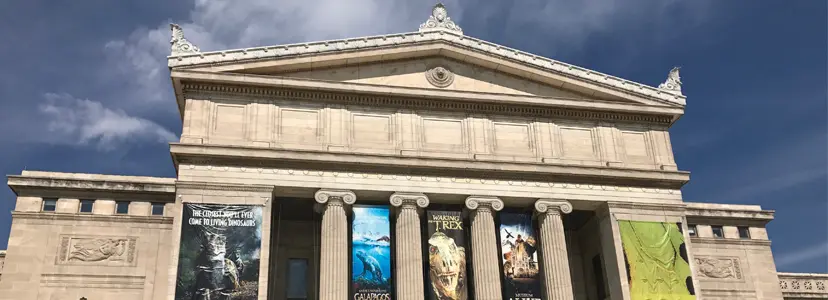The Field Museum of Natural History
With the construction of two wing additions connecting to the existing museum, there were concerns that rain would intrude into open, unfinished areas and damage the museum and its exhibits.

With the construction of two wing additions connecting to the existing museum, there were concerns that rain would intrude into open, unfinished areas and damage the museum and its exhibits.

The Field Museum of Natural History houses some of the world’s most priceless artifacts. With the construction of two wing additions connecting to the existing museum, there were concerns that rain would intrude into open, unfinished areas and damage the museum and its exhibits.
Since the museum extends below street level, high performance, between-slab waterproofing was critical below pavers, planters and walkways surrounding the two additions. Being able to apply the waterproofing membrane immediately after the concrete was poured was key to the security of the museum’s valued collections. Before the job even began, the contractor, Kedmont Waterproofing, had concerns about the hot-applied membrane which had been specified. There would be delays while the concrete cured before the hot rubberized asphalt (HRA) could be applied. In addition, exposure to sunlight for prolonged lengths of time, due to the size of the job, would be a problem.
Kedmont Waterproofing turned to Tremco for a solution. TREMproof® 250GC Cold Fluid-Applied Waterproofing Membrane was the answer. It could be applied over green concrete, cutting 14-28 days from the construction schedule and expediting the job to help address security issues.
Being VOC-compliant, odors for the crew and the many pedestrians passing by were not an issue. Because it is a one-part, moisture-curing membrane, there was no need for hot kettles or open-flame heating devices, removing the risk of fire or burns while applying to upper wall sections. In addition, its formulation allows it to remain exposed to sunlight for extended lengths of time without degradation.